We prep for various scenarios and we do all sorts of planning, and in time, this becomes overwhelming for most of us.
We concentrate so much on the “big” stuff that we end up ignoring important matters, such as places to avoid when it hits the fan.
This topic is equally important as any other survival stuff, and it’s mandatory to understand this regardless of what scenario you are preparing for.
Think about it like this, roughly two-thirds of the United States population is located on the eastern half of our states, and when the brown stuff hits the fan, what do you think that could potentially mean for you and yours?
The greatest threat in a survival scenario, may not be the disaster itself, but other people. I’m not saying here that all humans are bad since, after all, it takes all of us to make things work. However, we must not ignore the human factor, and we should learn how to handle it, but most importantly, how to avoid it.
The unstable human factor
In “peace times,” most people can be classified as humans of good nature, and some will give you the shirts of their back if needed. However, when things turn bad, there’s no telling how each individual will react. If you look at past events, we can observe that not everyone will wait in line patiently for help, and they will do whatever is best for them.
Preppers do whatever they can to provide for their families, and sometimes, this will put them in harm’s way. When you have to deal with large numbers of desperate people, avoidance is the best course of action.
People are going to break into gun stores, hospitals, and E.R. facilities, and pretty much everything that has valuable resources will become a target. How are you going to mitigate population density to keep yours safe? Are you aware of the most dangerous places you should avoid?
You’ve recently seen what happens when a crisis event goes nation-wide and how store shelves are stripped of their typical products. You’ve seen people fighting for basics items such as toilet paper and whatnot.
But what about after SHTF?
In the news, you’ve seen looters cleaning clothing outlets and raiding electronic stores just to make a quick buck and get some free stuff. This article will cover places to avoid after the brown stuff hits the fan, and even though some may be obvious (like superstores) other places you may have never taught of, even they are still as dangerous as any other place that offers “free” stuff.
Places to avoid during a disaster
The main course of action for most preppers when SHTF is to bug in at home or seek safety elsewhere (bug-out). Regardless of what you plan to do, you should acknowledge that the rule of law may be nonexistent after things calm down, and people are going to target all sorts of places to get things they want (it’s never the things they need).
Looters will go for things that they could not afford before the crisis, and once they get the “wants,” they will move to the “needs,” targeting any store that has food, liquids, and medicine. As history has shown us, violence and disease will become rampant if the crisis persists.
Avoid these places at all costs:
Hospitals
These places should be avoided at all costs since the risk of infection is high even under normal functioning conditions. When people start dying, hospitals will turn into a breeding ground for bacteria and viruses since there won’t be enough personnel and protocols won’t be followed.
In a crisis (depending on its nature), hospitals will fill quickly with patients that could become a risk not only for the medical personnel but for everyone that enters the same grounds as them. Besides the risk of catching something, there’s also the emotional trauma, that will only add to the stress that the crisis itself has caused.
Even more, as things go from bad to worse, these places will attract crowds of people, and that’s exactly what you need to avoid.
Large shopping malls and public squares
These are areas of interest before, during, and after the SHTF event, and these are the last places you want to find yourself near when the “shopping” craze starts. These are the places that will soon become a lair of desperate and furious people.
Looting and violence will become the main currency in such areas, and you should stay away from these locations.
Bottleneck points
A bottleneck or a choke point is a place where folks are forced together by following a certain route. These are the places you’ve seen in disaster movies, where everyone gets stuck since the majority of people are trying to get out of the city, country, or state.
In densely populated areas, when SHTF, a lot of people will try to flee to safety, and few of them know how to do so properly. These will be the ones to be wary of, panicked people who are just trying to get away from whatever has happened and who is more than likely short on supplies and not sure of what to do.
Imagine that if thousands of people are trying to escape from the same area, and let’s say they cross the same bridge to reach other regions, that place will soon enough become a bottleneck point. Bridges, tunnels, causeways, and freeway ramps are all examples of areas that soon after SHTF become choke points.
Transport infrastructure
During a disaster, the modern transport connections that made our life much easier during calm waters will turn dangerous and even deadly. The chaos that will unfold in a large airport after a major crisis is unimaginable, and it can turn into a battle for survival. All major highways will become a problem as well, and all it takes is a few minor accidents for the transport system to collapse.
Even more, if an EMP or nuclear attack is triggered, all major transport nodes will become targets. Airports, harbors, highways, and bridges will be targeted just to destroy the transport network and slow or trap people. Avoid these places if you don’t want to get stuck with others fighting for survival.
FEMA camps
FEMA camps are no picnic areas, and if you’ve properly prepped, you should avoid these places. A FEMA camp will become a battle arena where people are competing for limited resources. Those already there will have to fight off people trying to get in to find food and water. All major landmarks such as city and state parks, conservation areas, and every place that allows the set-up of a camp for the unprepared will become a breeding ground for violence.
The problem I see with FEMA camps is that folks look at them as the place to be, or their salvation to put it simply. I believe these people live in denial, and they will be the ones turning on others when there’s not enough stuff to go around.
Major cities
In a serious emergency situation, large cities will be cannibalized of resources, and they will break down extremely fast. When utility soon begins to fail, and the law enforcement and emergency services become overwhelmed, all hell will break loose. If the crisis prolongs more than expected, the city will become infested with violence and disease.
Those hunkering down will soon enough have to come out if their supplies run low, and they will be surprised to find out that anything of value was looted much earlier in the crisis. In most cities, it may take up to a week (and this is optimistic) for essential supplies to run out, and city dwellers are not prepared to handle such a situation.
No matter how well prepared you are and how well you think you can hunker down in the city, you must understand that things will continue to get worse and worse in major cities.
Hardware and sporting goods stores
Everything that can be used as a defensive or offensive item will become of great value during a crisis. Guns and ammo, bats, knives, and other tools that can inflict pain will be on everyone’s checklist. This deems sporting goods and hardware stores a dangerously busy place just before and after SHTF.
If you haven’t made a security plan prior to the disaster and if you don’t already have weapons, your only option would be to improvise with items you find around the house. You can also try your luck and get some from other places than the looting hotspots, but this can put you in harm’s way. Gun stores should be avoided at all costs because these will be targeted first.
Gas stations and convenience stores
People will rush to these stores in their attempt to “bug out,” and they are the obvious places for them to get supplies. Besides the needed fuel, these places can also offer supplies to make the journey tolerable (food, medicine, etc.)
Once the pumps run dry and the shelves become barren, people will start fighting among them, and you can imagine why you should avoid these places.
Banks and pawn shops
In an attempt to manage the risks during a crisis, people will want to get their money, and everyone will flock to banks. Everyone will want to pull their cash out of their bank accounts. This situation makes banks, loans, and checks cashing offices dangerous places since they will soon enough become flooded with people seeking cash.
If their electronic systems are down, or if there’s a power grid failure, or if the cash is already depleted, the desperate folks will turn their attention to pawn shops. Every quick source of cash will see an increased flux of people, and therefore, these places will become dangerous.
Military bases
This should be common-sense, and no matter what you’ve seen in the movies, a military basis is a no-go. Besides the obvious fact that these are high targets for nuclear and terrorist attacks, the human factor here also plays a major role in your demise.
These are places that remain protected during a disaster, and all the trained and nervous soldiers will shoot first and ask questions later. Everyone will be seen as a target, and they will do whatever they can to eliminate it rather than “mitigating” a conflict. They are humans just like you and me, and they are startled just like us during a crisis.
Prisons
During a disaster, the security of prisons will be extremely tensed. If the power grid fails, soon enough, all the alarms and security measures will fail as well. Besides a high risk of escape, we also have to consider that prison guards will abandon their posts if things turn worse. There’s no telling what inmates will do escape and how they will act when they feel their physical integrity is at risk.
Large social gatherings
Large gatherings will form, and folks will be tempted to go and “check it out.” Some will do so because there’s strength in numbers, while others will search the reassurance of seeing familiar faces. Remember that curiosity killed the cat, and you should move away from large groups of people.
If you discern civil or economic disturbance or any other precursor to unrest, then it’s pretty obvious than a large gathering is not the place to be. Avoid all major public gatherings because these can become targets for terrorist attacks, or they can turn on each other real fast.
Do this instead
You may be tempted to go to one of the places mentioned above, but you won’t have to do so if you consider the following long before a crisis occurs:
- Develop the habit of keeping your fuel tanks in your vehicles (that you use regularly) at least three quarters full all the time. Additionally, you should be able to store extra fuel at home or at your bug out location
- Keep your vehicles in good shape and learn a thing or two about their maintenance. All common parts that may need replacement should be kept at hand and elevate your knowledge on simple repairs.
- Keep an emergency cash stockpile at hand to avoid running to the bank
- Keep a strict inventory of your offensive and defensive items to know what you have and can be used during a disaster. Here you can include your tools as well.
- Make a bug out plan and map out any sources of freshwater or cache points you have
- Keep all your survival supplies in reach and divided them based on their use (what can be taken with you, what should be hidden and so on)
Concluding
The places listed in this article should be avoided during a crisis and especially post-SHTF. You must be able to take care of yourself, and there’s no point in mixing with the wrong crowd, just to get a little extra.
People live and work closely together on a daily basis, but when SHTF, all these people you’re used to will surely become a danger and a threat to your survival.


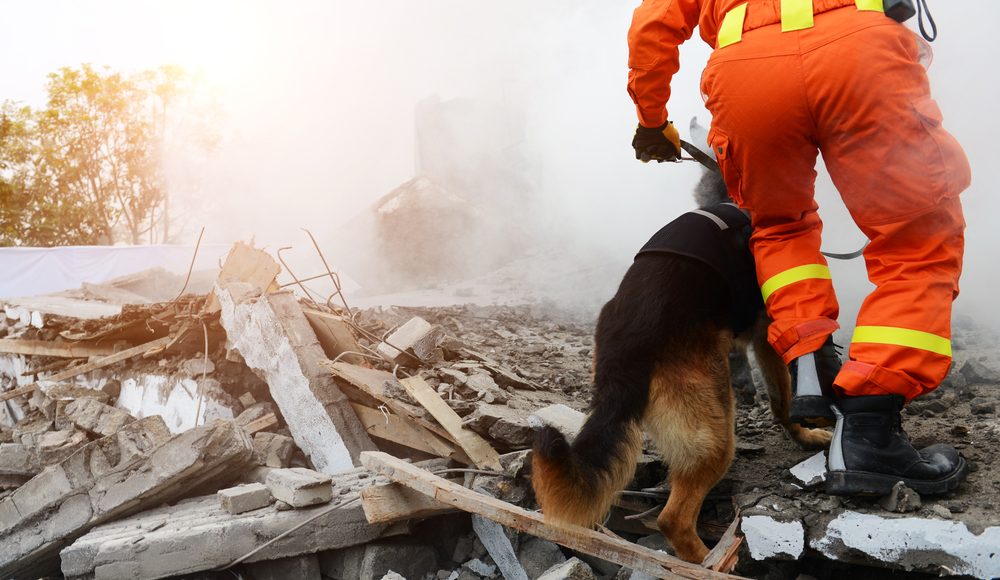

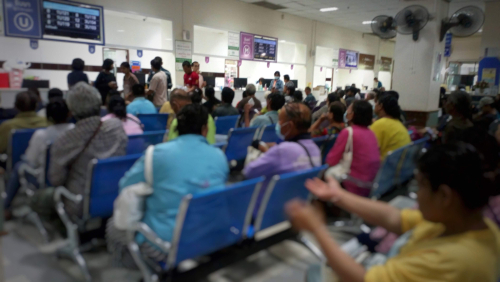
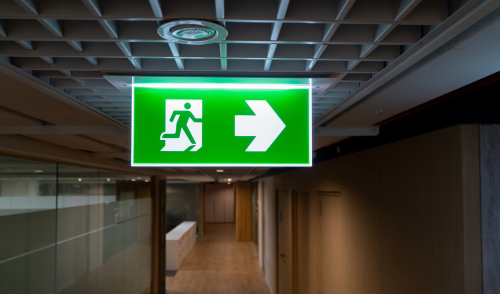
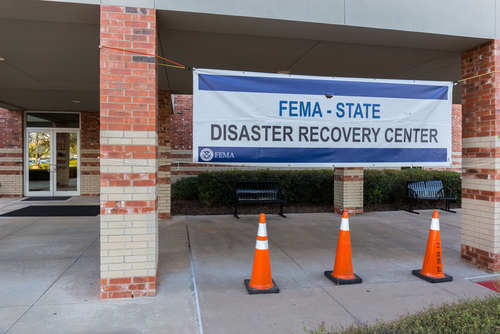

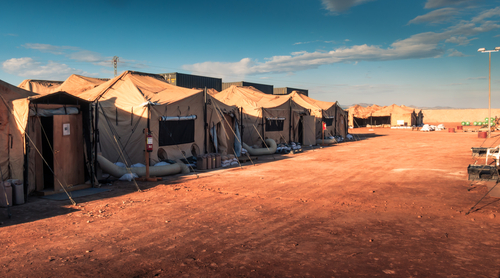
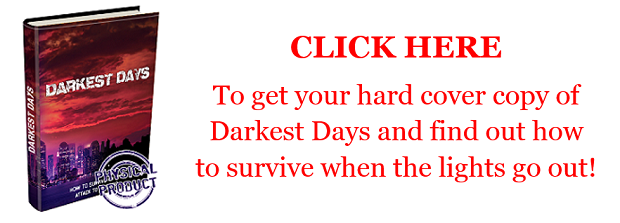

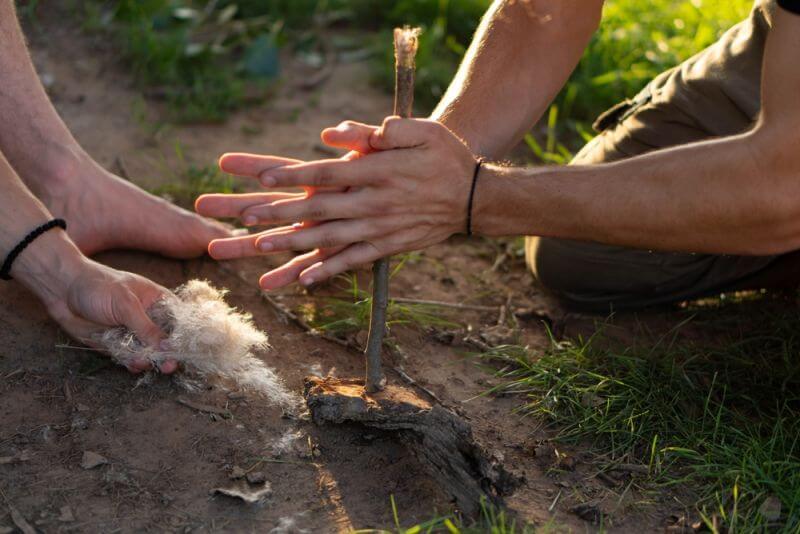
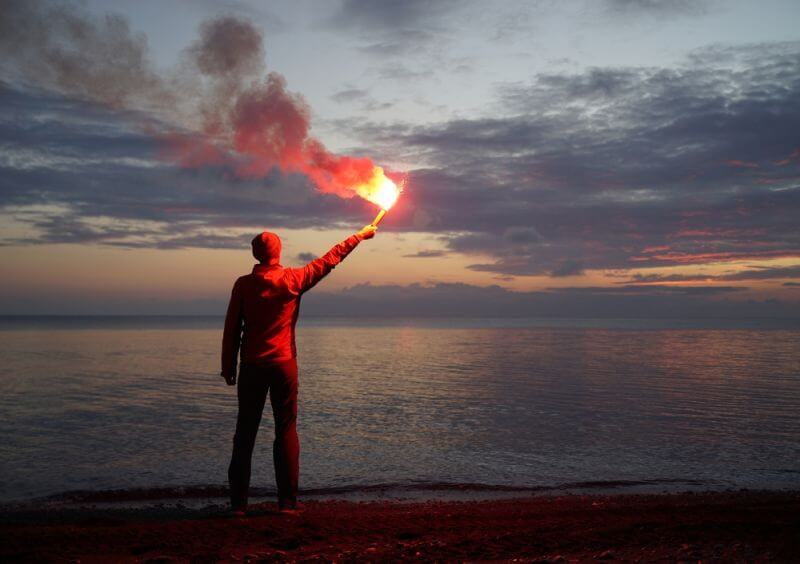


Bill In Idaho | July 24, 2020
|
Thank You, Bob ! This is ALL Very Useful Information. I am saving your text in a permanent file.
MarkF | August 2, 2020
|
gas for car, i would add:
keep a bunch of gas cans and fill those up at the station. take those home to fill the car up from the cans. go thru the cans and refill them promptly on a rotating basis so that nothing gets old. it’s a bit more space-and-time consuming, yet you will always have a car tank’s worth of fresh gas in the garage. that’s a nice a margin of safety if there is a power failure or if things go crazy out in the world.